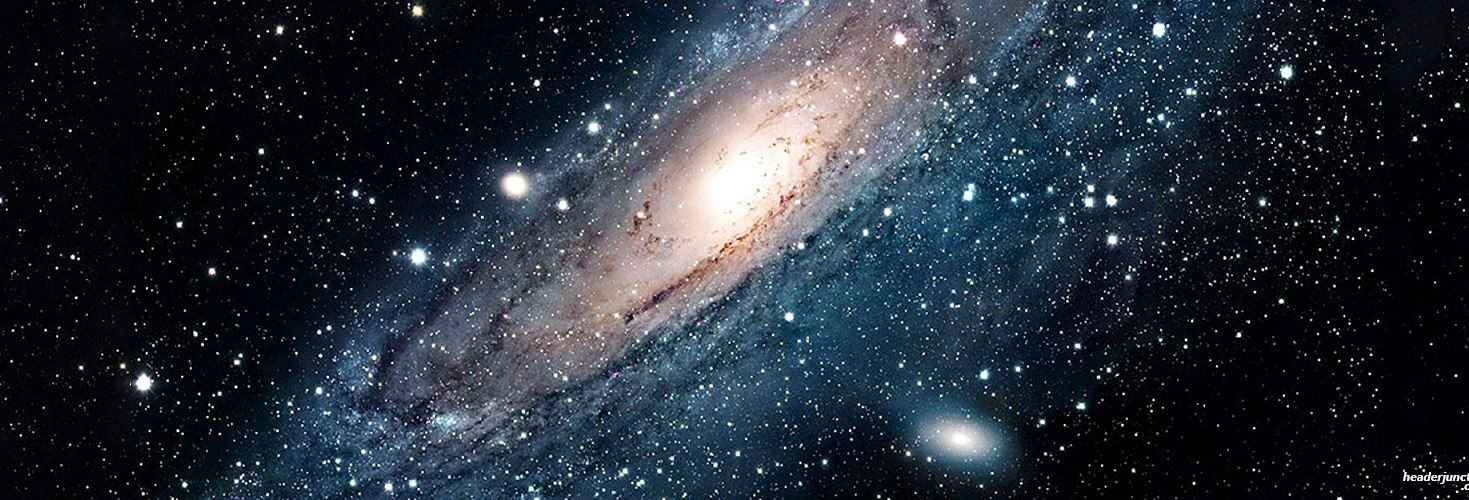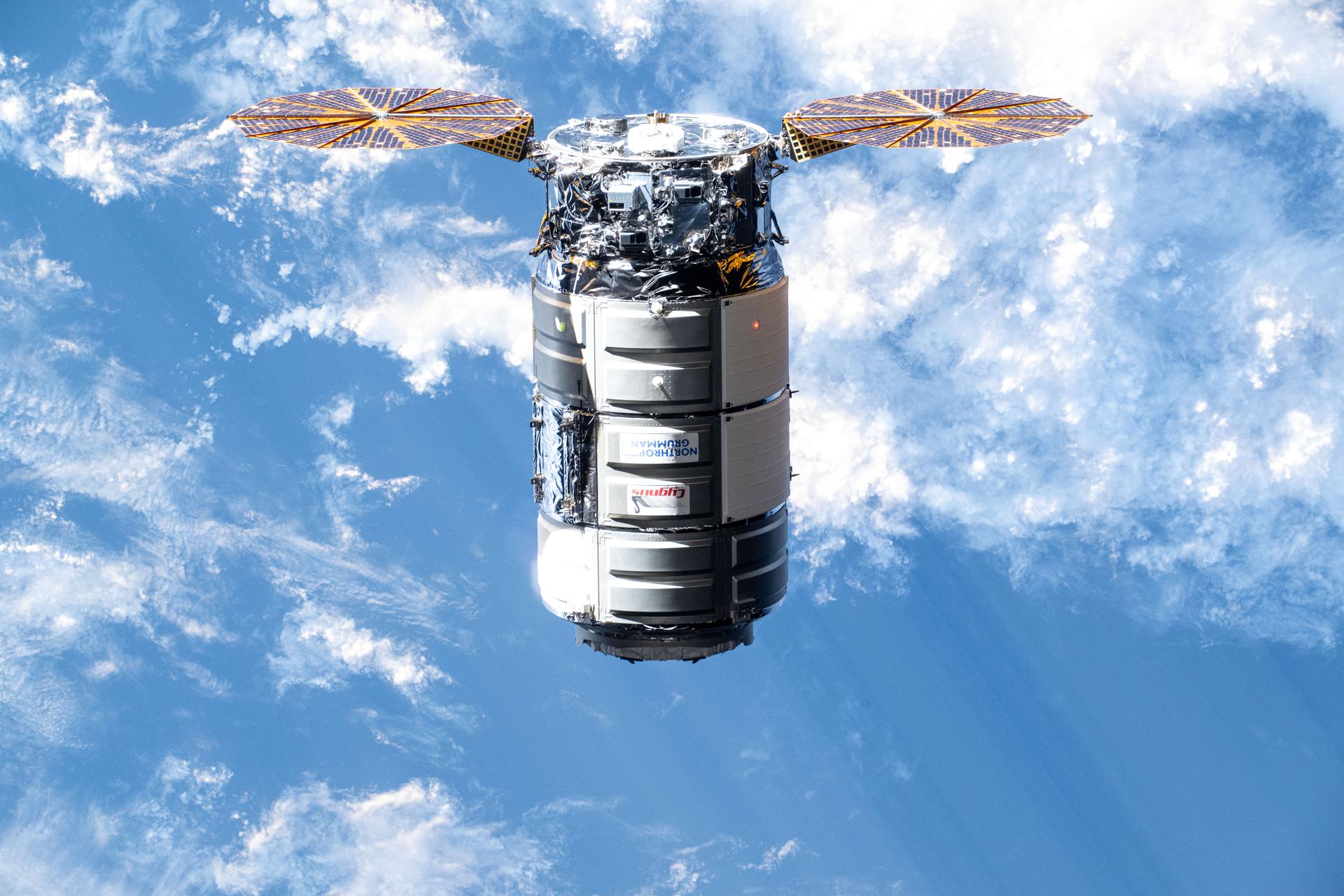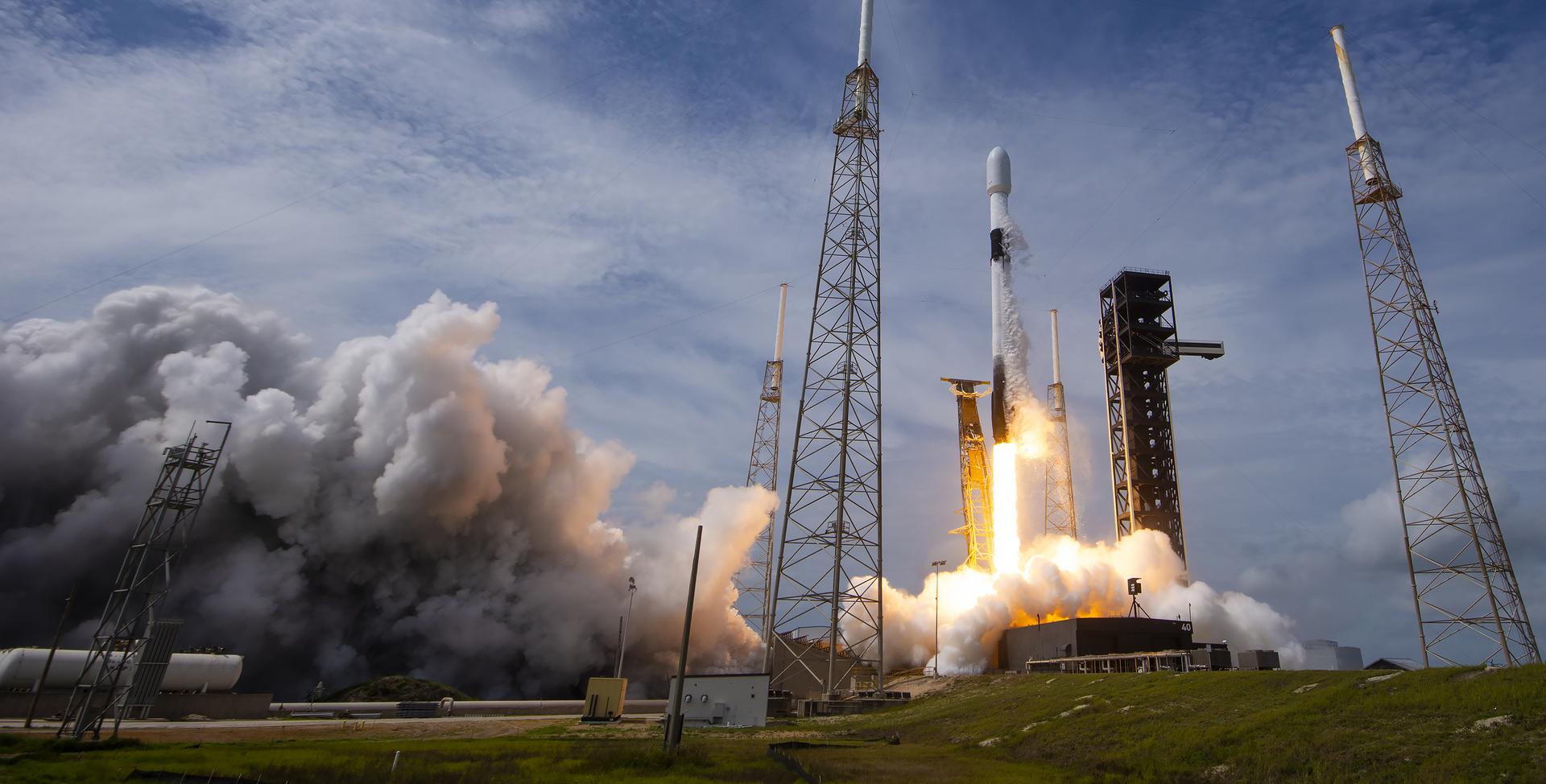Crew Awaits Second Cargo Mission in Less Than a Week; Keeps Up Biotech Research
One cargo spacecraft has docked to the International Space Station and another one is on its way to continue resupplying the Expedition 73 crew. While the orbital residents await their next delivery, they continued researching on Monday advanced ways to keep humans healthy and nourished on long duration space missions.
Roscosmos’ Progress 93 cargo craft completed its trip to the orbital outpost at 1:23 p.m. EDT on Saturday, Sept. 13, when it docked to the Zvezda service module’s rear port delivering over 2.8 tons of food, fuel, and supplies. Station Commander Sergey Ryzhikov opened the Progress’ hatch the next day and entered the spacecraft with Flight Engineer Alexey Ovchinin to begin unpacking the new gear. Progress 93 began its mission after launching from the Baikonur Cosmodrome in Kazakhstan on Thursday, Sept. 11.
Northrop Grumman’s Cygnus XL resupply ship, carrying over 11,000 pounds of new science experiments and station hardware, is orbiting Earth today after blasting off at 6:11 p.m. on Sunday, Sept. 14, from Cape Canaveral Space Force Station in Florida. Cygnus XL will catch up to the orbital outpost on Wednesday as NASA Flight Engineers Jonny Kim and Zena Cardman monitor the spacecraft’s automated approach and rendezvous. Kim will command the Canadarm2 robotic arm from the cupola’s robotics workstation to reach out and capture the spacecraft at 6:35 a.m. on Wednesday when it reaches a point about 10 meters from the station. Ground controllers will then take over and remotely command Canadarm2 to install Cygnus to the Unity module’s Earth-facing port where it will stay for six months. Listen to mission managers talk about the Cygnus XL mission during Friday’s prelaunch media teleconference on YouTube.
Meanwhile, biotechnology research filled Monday’s crew schedule keeping scientists on the ground informed about microgravity’s effect on the human body. The astronauts not only study advanced space biology but also regularly send down physical and mental data informing doctors of crew health in real time.
Kim and Cardman joined each other at the beginning of their shift Monday collecting blood pressure measurements and ultrasound artery scans. Kim, a Harvard-educated physician, led the study operating the biomedical gear and examining Cardman with assistance from doctors on the ground. Cardman also wore electrodes measuring her cardiac activity for the portion of the CIPHER human research investigation studying heart, brain, and eye function in space.
Later during the second half of his shift, Kim took turns with Flight Engineer Kimiya Yui of JAXA (Japan Aerospace Exploration Agency) studying how liver tissues with blood vessels bioprinted on Earth react to weightlessness. They each split their shift and used a portable glovebag inside the Destiny laboratory module processing experiment modules containing the tissue samples then inserting the modules inside an artificial gravity-generating research platform. Results may advance the manufacture of high-quality vascularized tissues and organs improving long term health for astronauts and quality of life for patients on Earth.
Cardman wrapped up her shift on Monday treating bone stem cell samples in the Kibo laboratory module’s Life Science Glovebox for preservation in a science freezer and later analysis. Researchers are exploring how microgravity affects bone tissue to safeguard a crew member’s skeletal system and possibly treat aging conditions and bone diseases on Earth.
NASA Flight Engineer Mike Fincke worked inside the Harmony module exploring ways to produce vitamins and nutrients on spacecraft helping supply adequate nutrition for long-term space missions. He treated yeast, yogurt, and fermented milk samples then stowed them in a research incubator for the BioNutrients-3 investigation seeking to create a biomanufacturing facility to help sustain future space crews.
Roscosmos cosmonauts Sergey Ryzhikov and Alexey Zubritsky, station Commander and Flight Engineer respectively, spent Monday configuring the new Progress 93 for docked operations. The duo began Monday checking out a docking mechanism inside of the Zvezda service module’s aft port where Progress arrived on Saturday. Ryzhikov and Zubritsky then spent the rest of their shift transferring water and unpacking cargo from inside the Progress. Flight Engineer Oleg Platonov focused on science photographing landmarks in South America for analysis and maintaining physics research hardware that observes complex plasmas potentially advancing spacecraft designs and industrial processes on Earth.
Learn more about station activities by following the space station blog, @NASASpaceOps and @space_station on X, as well as the ISS Facebook and ISS Instagram accounts.
Powered by WPeMatico
Kelcie Nicole Howren








